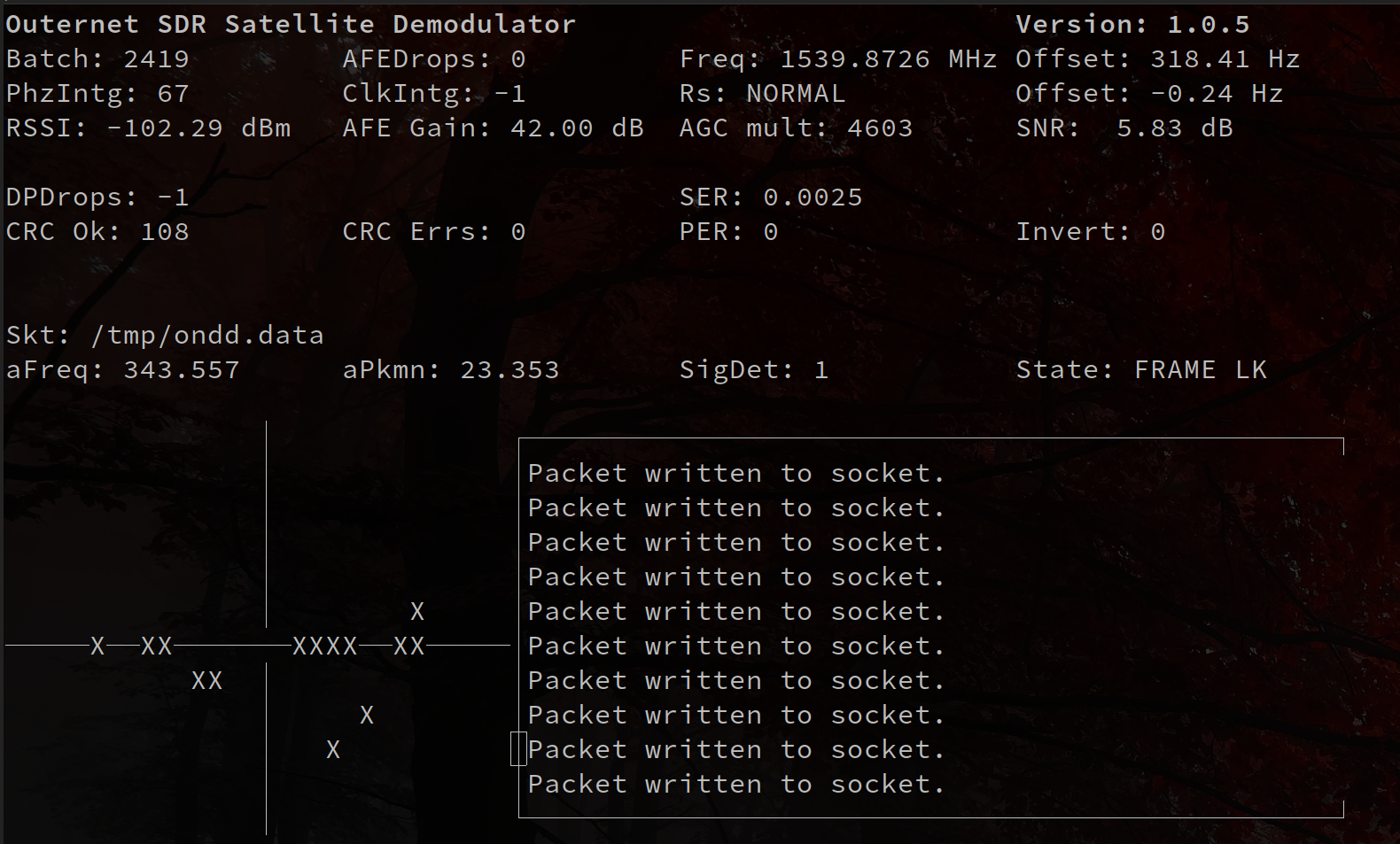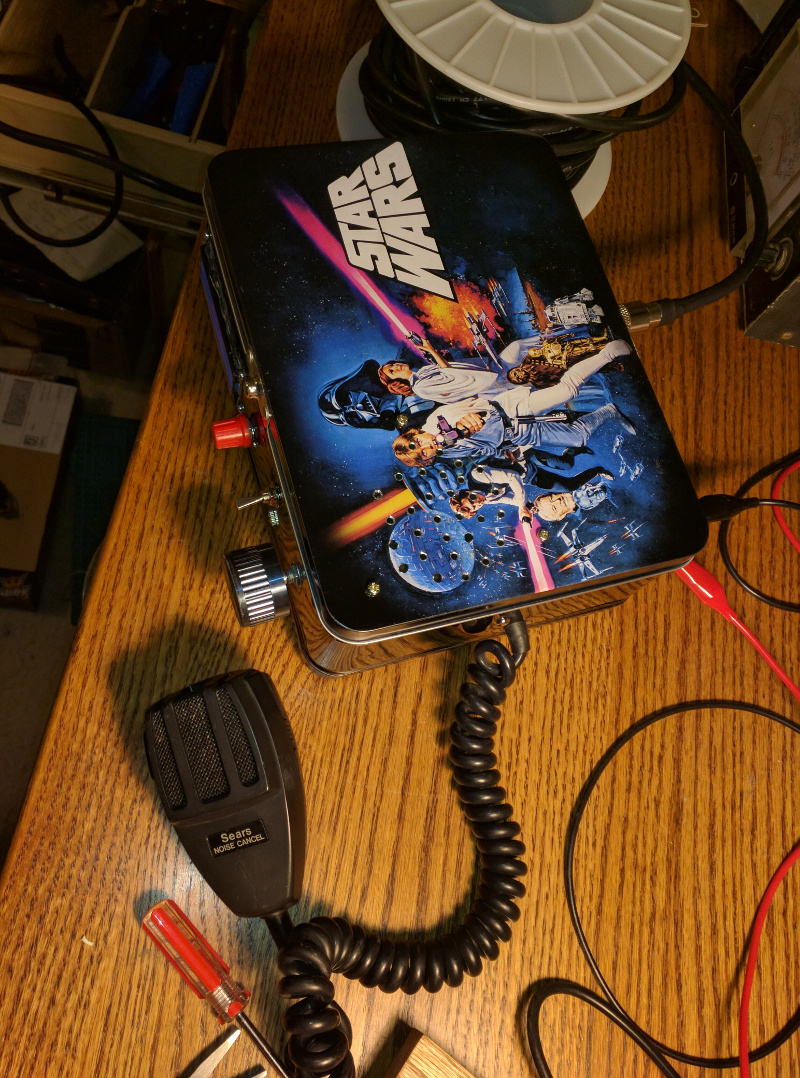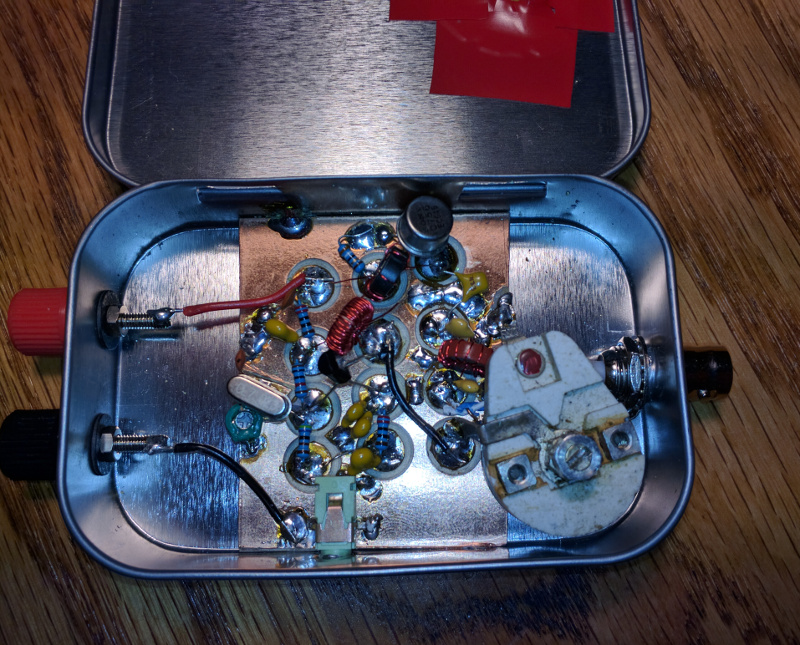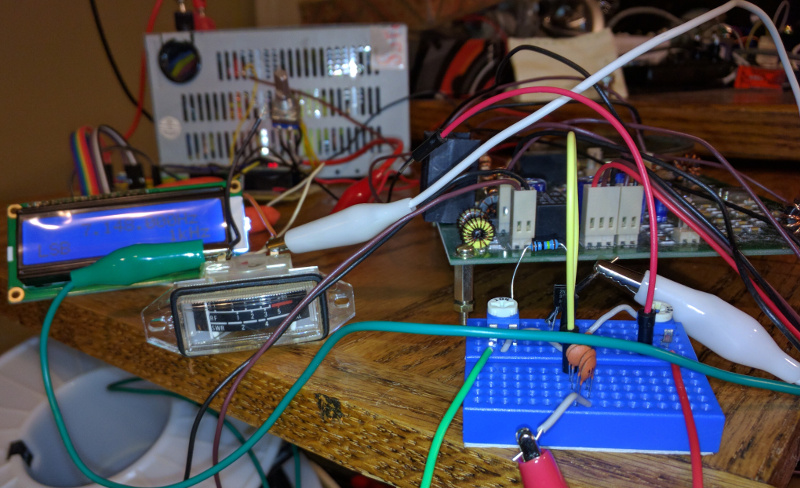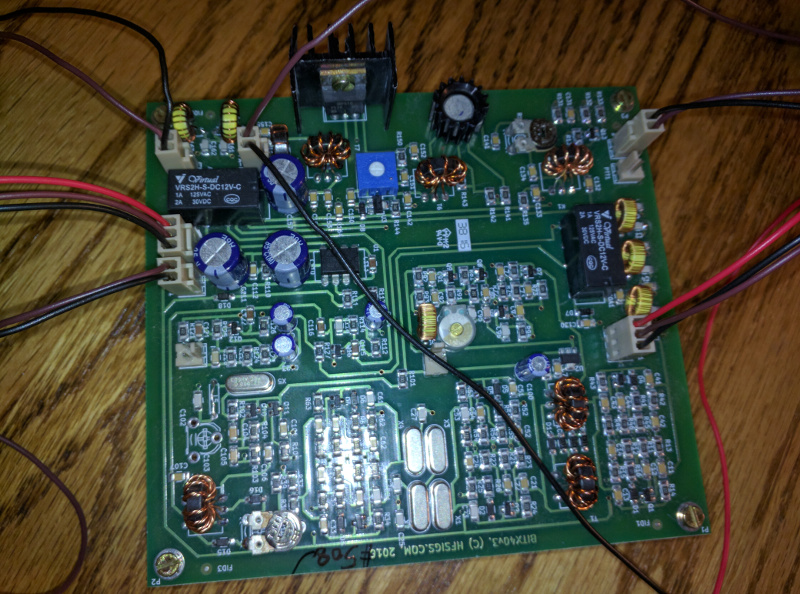I’ve been wanting to experiment with some high voltage projects like a jacob’s ladder, a tesla coil, or a maybe a plasma speaker, but at the moment, I don’t have any good power sources. I’d like to find an old neon sign transformer, but I may just settle for pulling the flyback transformer out of an old tv set.
In the mean time, I ran across a small circuit called a slayer exciter that I could build with parts I have on hand.
Over the holidays, I picked up a second hand outernet kit to play around with. The kit consists of an sdr dongle, a low noise amplifier, and an L-band patch antenna and can be purchased new from https://outernet.is.
What is outernet? Well, outernet is a filecasting service that beams community submitted and curated content from three Inmarsat satellites. Its sort of like a very slow off-grid news feed.
The three satellites are:
The bitx module now has its own enclosure: A star wars lunch box!
I didn’t change much about my original setup. I ditched the s meter and added a manual usb/lsb switch to the front panel.
The red knob is the power/volume pot. There is a headphone jack under the switch and the rotary encoder on the right.
On the rear panel, I added the antenna jack, a dc jack that supplies the 12 volts to power the module, and an optional set of binding posts to supply up to 25 volts for the power amplifier.
I finally put the universal qrp transmitter in its own enclosure. I cut down the board to fit inside an altoids sized tin. The actual tin came from a cheap arduino kit that I picked up on discount during the final days of radio shack.
The circuit diagram for the transmitter can be found here. I made a small change from my original design. I remove the 60pf trimmer cap and the 47pf ceramic cap from the collector of the 2N2222 and added an old variable cap for tuning.
I added an arduino/SI5351 vfo that I had previously made for a dc receiver to my new bitx40 module. I tweaked the arduino code to add the offset, and added a low pass filter to the output of the SI5351. On the bitx board, I desoldered a leg of the L4 coil and plugged the output of the SI5351 to the DDS pins and it worked perfectly.
Here is the code that I used for the vfo.
My bitx40 module from hfsigs.com finally arrived on Friday after a 23 day wait. USPS left a ‘We missed you’ note even though my wife was home and I had to go pick it up from the post office, but I finally have it.
The package was slightly damaged during its journey from India to the US.
It was a little crushed, but the board survived. The heatsink on the IRF510 was bent, but I will be replacing it with a larger heat sink to accommodate 24 volts for more output.

